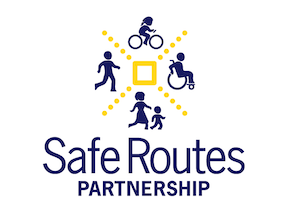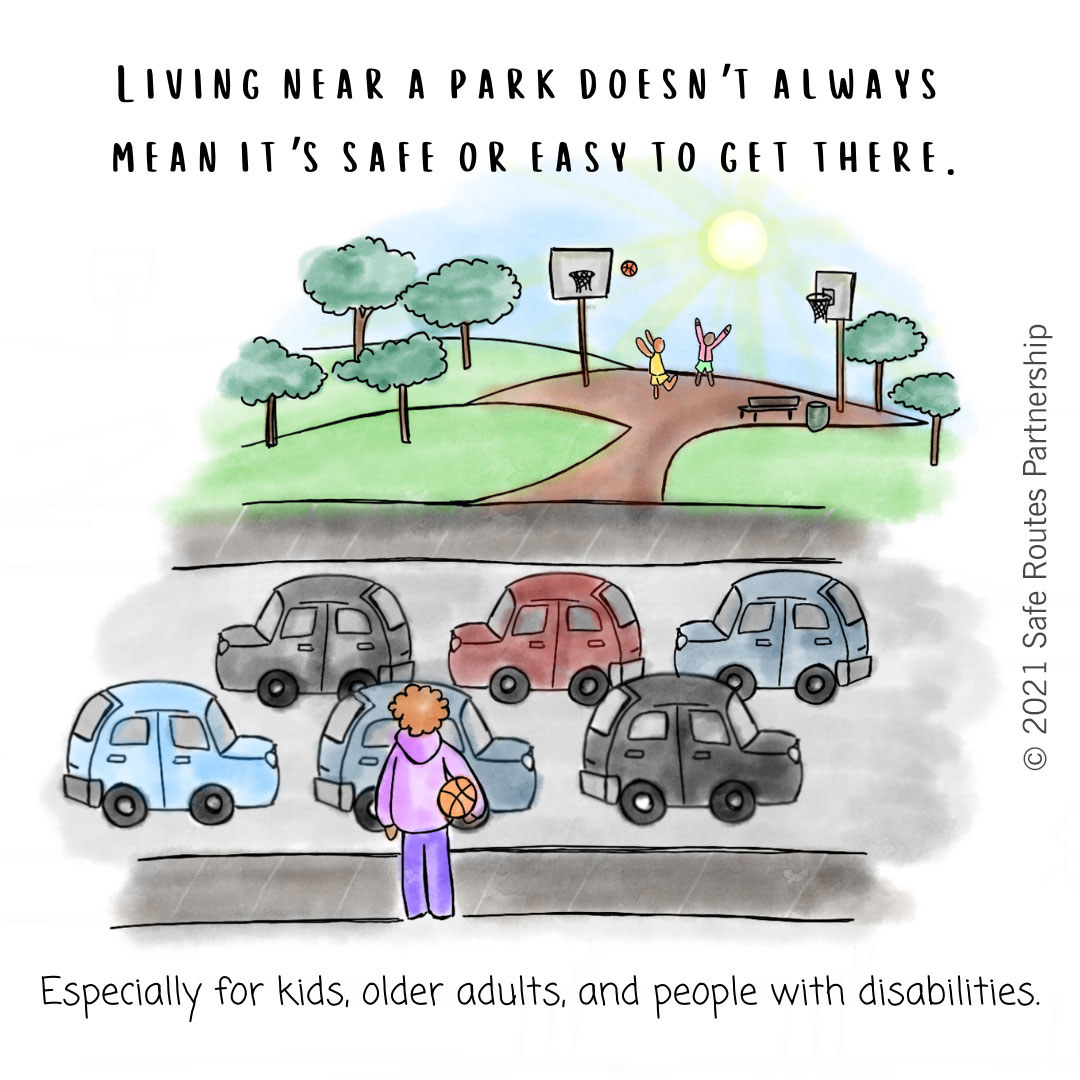Marking July as National Parks and Recreation Month with Safe Routes to Parks Highlights
This year, we’re thrilled to be teaming up with four local communities in Pennsylvania to make accessing parks safe, convenient, and equitable for people walking and biking. As we celebrate National Parks and Recreation Month this July, we want to uplift this year’s theme, “where community grows” from our partners at the National Recreation and Parks Association by sharing a couple of highlights from our Safe Routes to Parks Pennsylvania Activating Communities.



